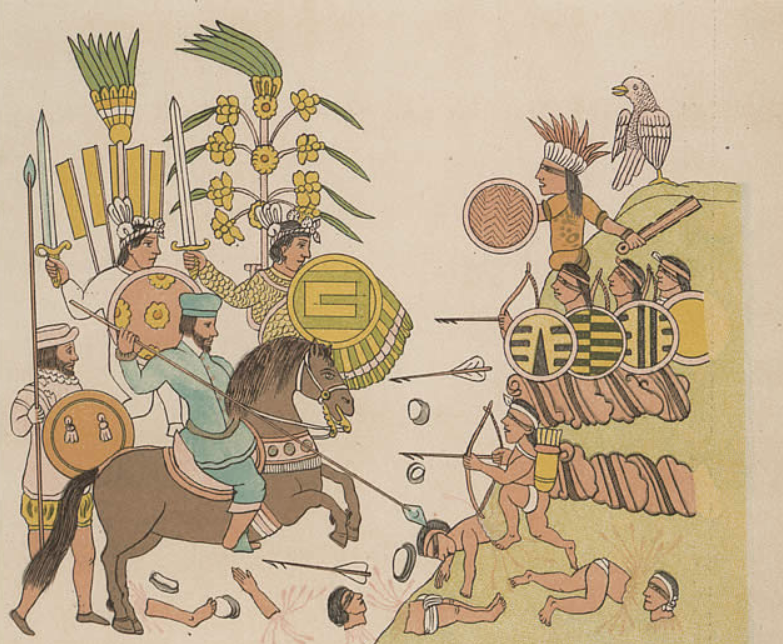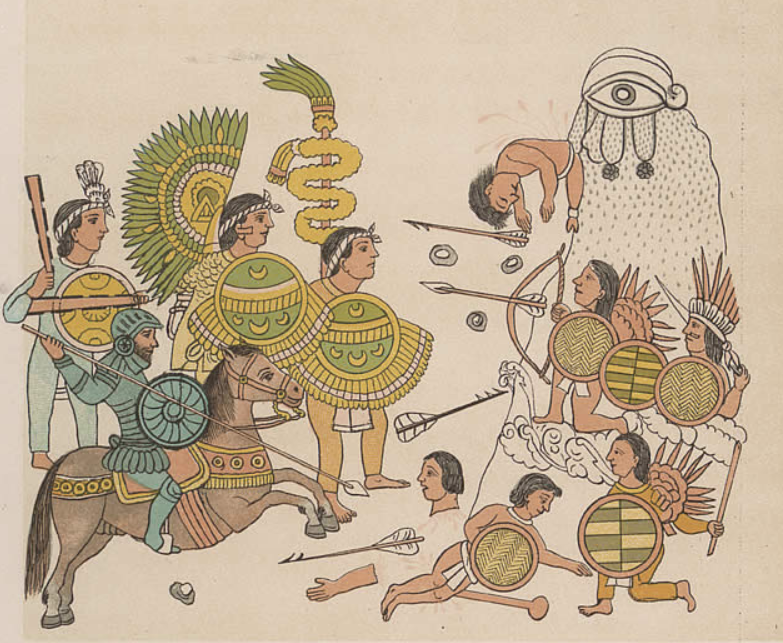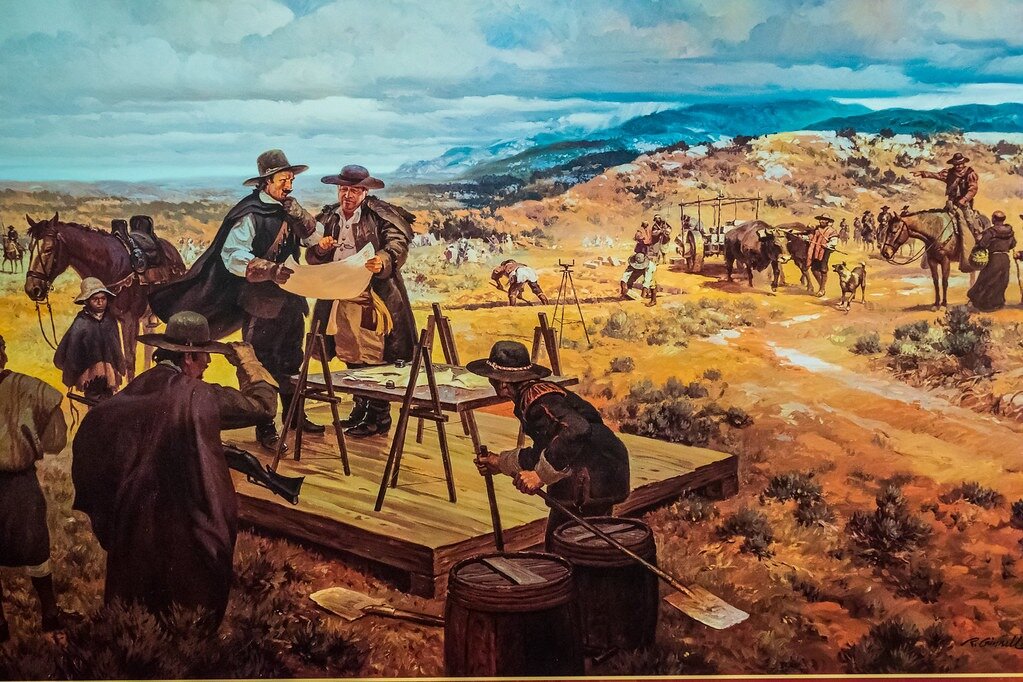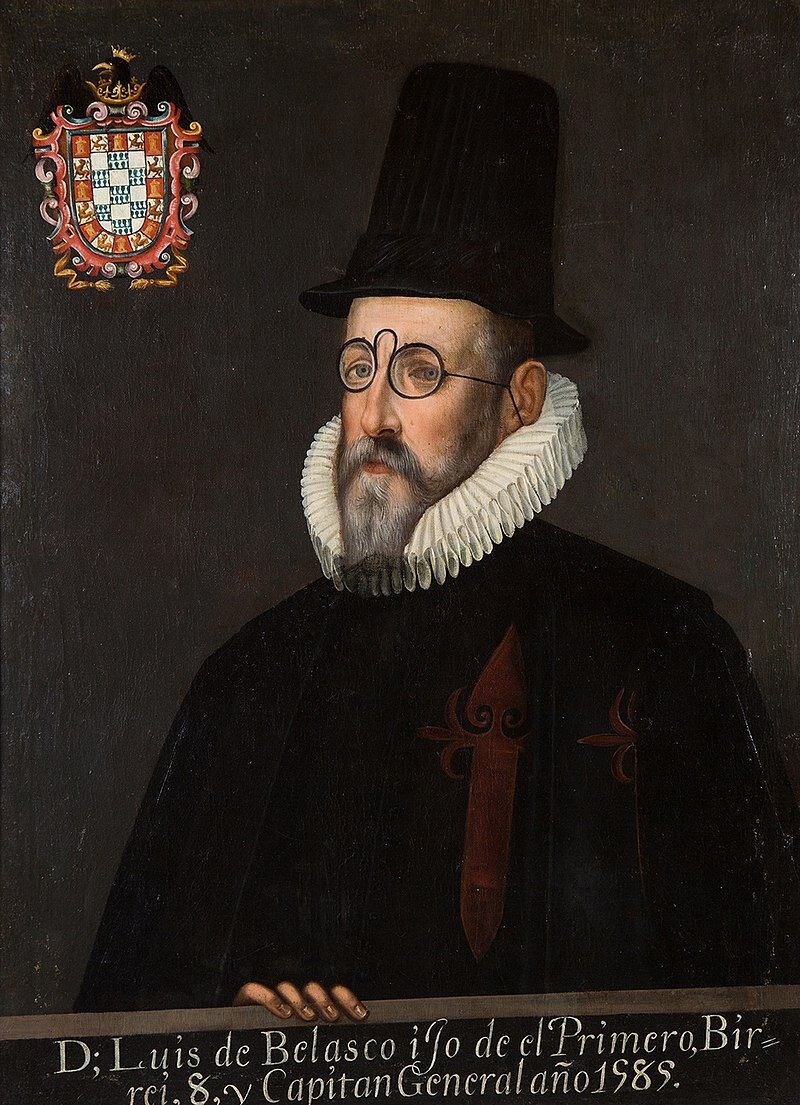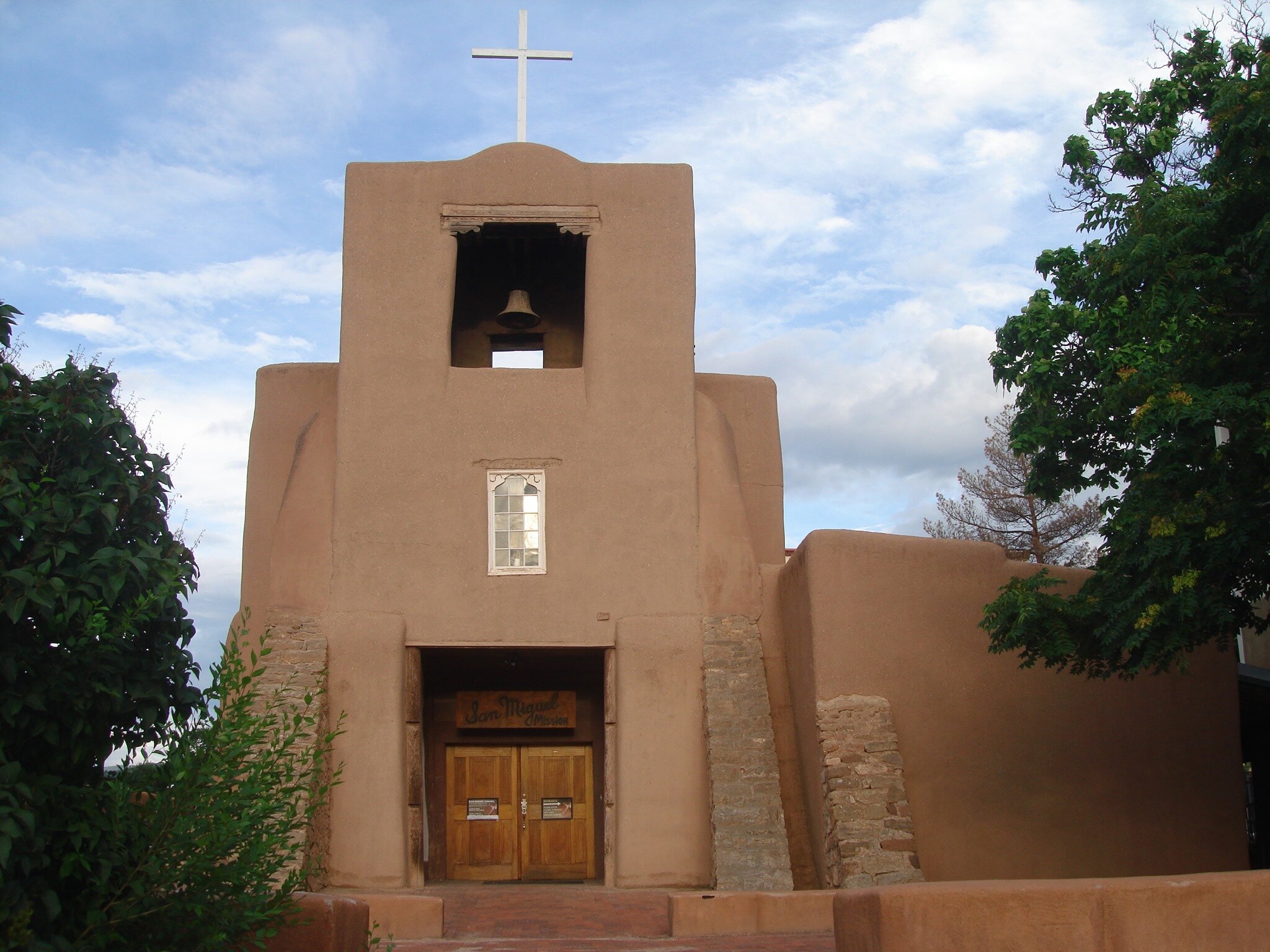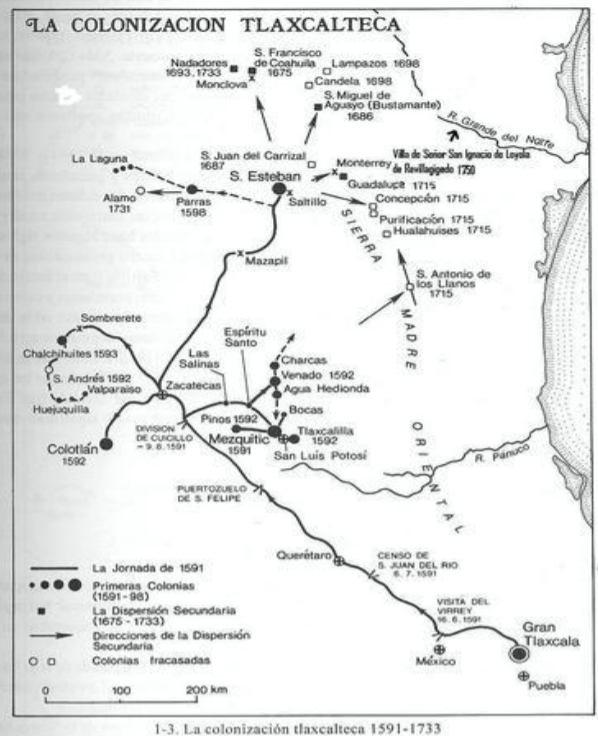Four Hundred Families: Los Tlaxcaltecas
Builders of Borderlands Culture & Spanish Allies
Did you know?
Who?
Four hundred indigenous families from Tlaxcala in central Mexico who founded numerous colonies across northern New Spain, today’s greater borderlands region.
The Tlaxcalans were the indigenous allies of the Spanish from the beginning, playing an instrumental role alongside Cortes’ small force in conquering their traditional adversaries, the Mexica (Aztecs) in the 1520s.
Less well known is their strategic undertakings in developing viceregal settlements during the sixteenth and seventeenth centuries in what is now northern Mexico and the American Southwest.
They are known to have preserved their native agricultural, economic and political traditions in the new communities far from their homeland, lending an important central Mexican indigenous root in the gradual formation of the collective cultural heritage of the borderlands.
Where?
The migrants were from what is now Mexico’s smallest state, just to the east of the capital and the state of Mexico.
Tlaxcalans colonies were founded alongside Spanish settlements in the region that now comprises the Mexican states of Aguascalientes, Durango, San Luis Potosi, Jalisco, Coahuila, Chihuahua as well as New Mexico and Texas in the U.S. Several of them would go on to become significant modern cities, including:
Santa Fe, New Mexico | Barrio de Analco
Saltillo, Coahuila | San Esteban de Nueva Tlaxcala
When?
Over a timeline roughly spanning from the late sixteenth to mid seventeenth centuries.
What?
In March of 1591 Viceroy Luis de Velasco signed an agreement with the Republic of Tlaxcala for four hundred of its indigenous families to migrate north to colonize, granting them the same privileges as Spaniards, such as receiving land grants, horseback riding, the right to bear arms, the use of the honorific title of “Don” before their names and others. These families would go on to establish an important chain of towns from Jalisco to New Mexico.
Why?
There are several reasons why the four hundred families departed for the north including:
Protection -
Spain had been fighting the prolonged Chichimeca War against its native population over a vast region that they termed as “la gran Chichimeca,” corresponding to the Mexican Central Plateau. The viceroy looked to the Tlaxacalan colonists to militarily aid in protecting frontier Spanish interests, such as at Zacatecas and Guanajuato mining bonanzas and to secure the transportation routes of the silver to the capital city. As auxiliaries, Tlaxcalans had built a reputation for being able and fierce warriors in battle.
Community Formation -
Another aspiration for the northern migration was that the presence of the sedentary Tlaxcalan culture would help the region’s pacification through the acculturation of the semi-nomadic peoples of the region, encouraging them to settle down to form communities and participate in agriculture as well as speed up the missionaries evangelization efforts.
Climatic conditions in Tlaxcala -
Tlaxcala had been experiencing over a half decade of severe drought leading to widespread famine, the opportunity for migration represented an alternative solution to these problems.
Tlaxcalteco Cultural Legacies
A northern diffusion of Nahuatl language whose - terminology is still in common use ranging from geographic to gastronomic terms in Mexican Spanish
Propagation of rituals and dances such as the matachines into the north
Development of specialty trades such as construction, textile weaving (Saltillo serapes), and others impacting local economies
Sources | Fuentes:
Cavazos Garza, Israel. (1994) Breve historia de Nuevo León. http://bibliotecadigital.ilce.edu.mx/.../html/sec_31.html
Canales Santos, Alvaro. (2016) Fundación y Cabildos de Saltillo, Siglos XVI -XIX. Revista Coahuilense de Historia # 112. https://issuu.com/ulisesboone/docs/libro_112
Simmons, Mark. (2016) Tlaxcalans of Barrio de Analco have been largely forgotten.
https://www.santafenewmexican.com/.../article_c49f8767...
Saldaña, Tomas. (2013) La Diáspora Tlaxcalteca. La búsqueda de la colonización agrícola en el norte de México. https://www.researchgate.net/.../269410739_la_Diaspora...
Images: Lienzo De Tlaxcala (16th century) https://bancroft.berkeley.edu/Exh.../nativeamericans/25.html
Maps: http://www.lucerito.net/.../The1591MigrationforMilpitasco...
